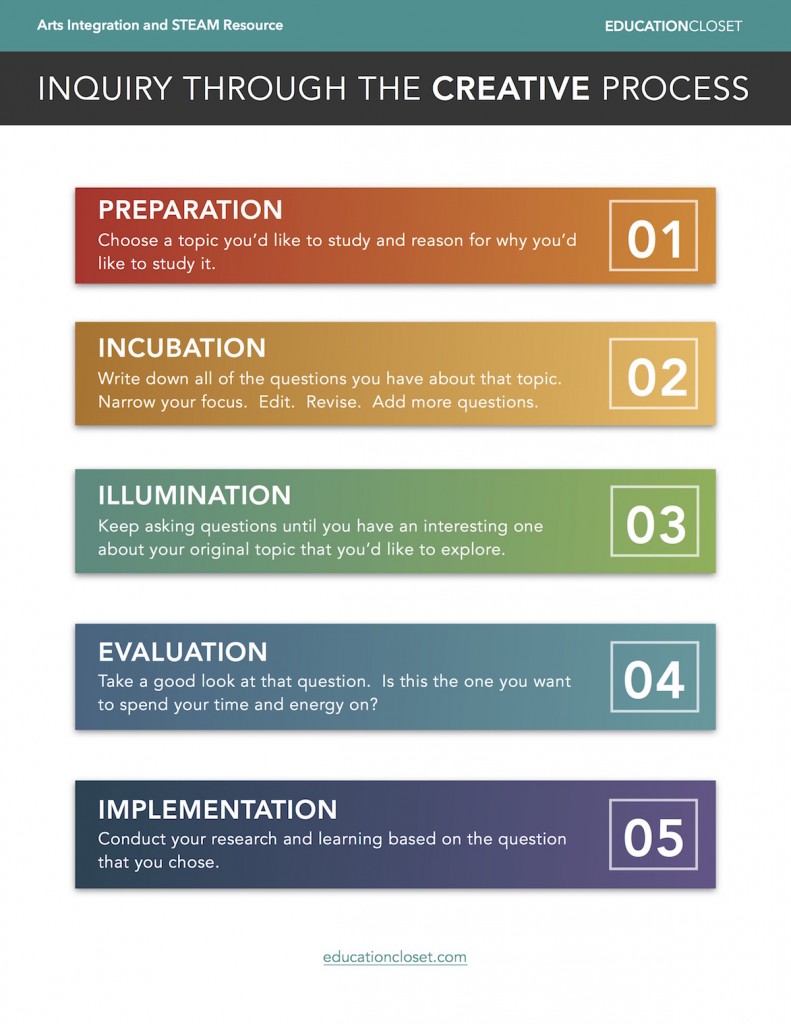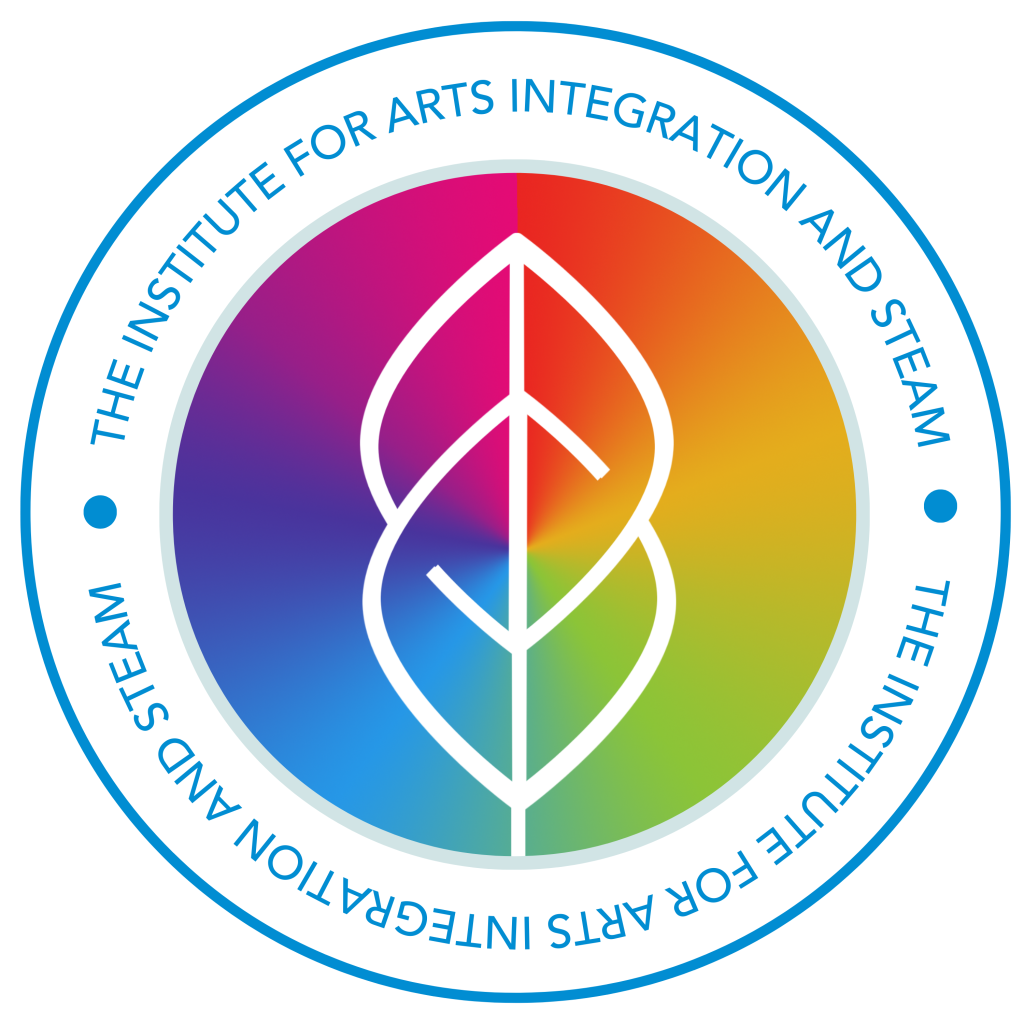Susan Riley | December 2012
How to Ask Interesting Questions using the Creative Process
When you're leading your students through process-based learning, it's important that they go through the steps of inquiry in which to develop their own learning journey. Students must be able to find and craft interesting questions in order to truly be invested in what and how they learn. Plus, when you focus on the question, the process by which you go about answering that question unfolds as naturally as possible. But many times, the problem becomes how to get students (and sometimes teachers!) to ask interesting questions. How do you get your students to go beyond those surface-level questions to the ones that require some research, analysis and synthesis to develop an "answer"? Often, it's by following and teaching the Creative Process itself.
The Creative Process Model
There are essentially 5 steps to the Creative Process. They are: Preparation, Incubation, Illumination, Evaluation and Implementation. Each of these have distinct characteristics and by walking through each of them, you provide the chance to look at something from a variety of perspectives.
- Preparation
Becoming curious after encountering a problem and beginning to plan actions that will help to solve that problem.
- Incubation
This is when the idea is in the back of your mind and you're continuing to mull it over.
- Illumination
As the idea begins to take shape in your subconscious, you feel like you've had an "ah-ha" moment and the path become clear.
- Evaluation
After having your epiphany, you look at your solution from all angles to see if this is truly what you were looking for.
- Implementation
This is the act of transforming your idea into practice.
Left alone, these 5 steps are key elements for artists as they move through the creative process. Yet, if we extrapolate them into the classroom, we can see that they can be modified and used as a means of learning to ask interesting questions and ultimately, in persevering through activities by which we stand to develop new understandings.
Let's take a NEW look:
- Preparation
Choose a topic you'd like to study and reason for why you'd like to study it.
- Incubation
Write down all of the questions you have about that topic. Narrow your focus. Edit. Revise. Add more questions.
- Illumination
Looking at your revised list, choose one question and ask another question about it. Then ask another question about that question. Do this one more time. By the third time, you should have an interesting question about your original topic that you'd like to explore.
- Evaluation
Take a good look at that question. Is this the one you want to spend your time and energy on? If not, are there other questions that you wrote to which you have a stronger pull? Choose your question at this point.
- Implementation
Conduct your research and learning based on the question that you chose. Go through the creative process when developing your answer.
Changing the Process
Sound like a lot of work? Actually, it's not. It's something we all do whenever we are working on a complex problem but most of it happens subconsciously. What we're asking students to do through this process (and what is so valuable) is to write it all down.
To take the time to view the process that is going on in your mind and to have some control over it. By going through this process, students will be able to gain a new sense of rigor to what they are studying, and you won't have any more reports on "Why did Columbus sail the ocean blue?"




